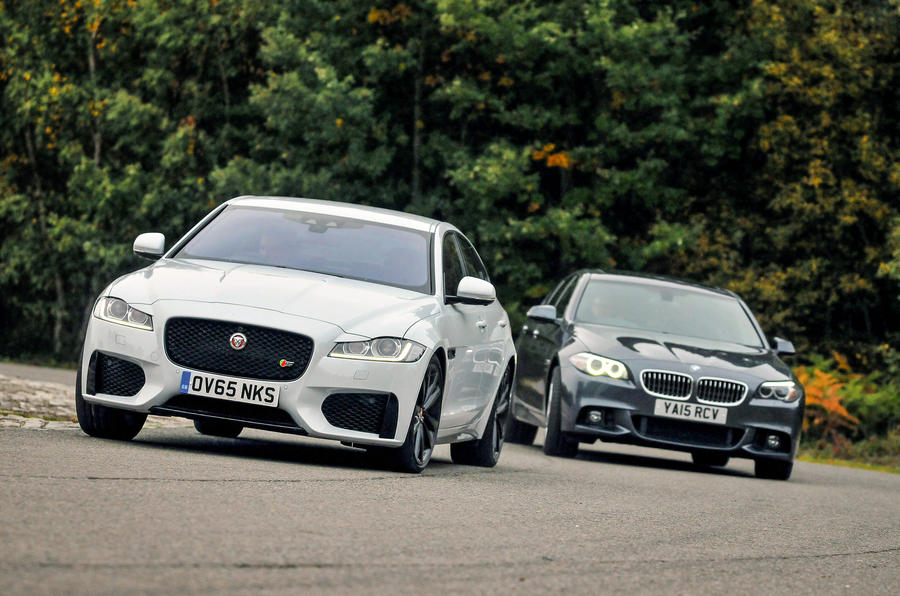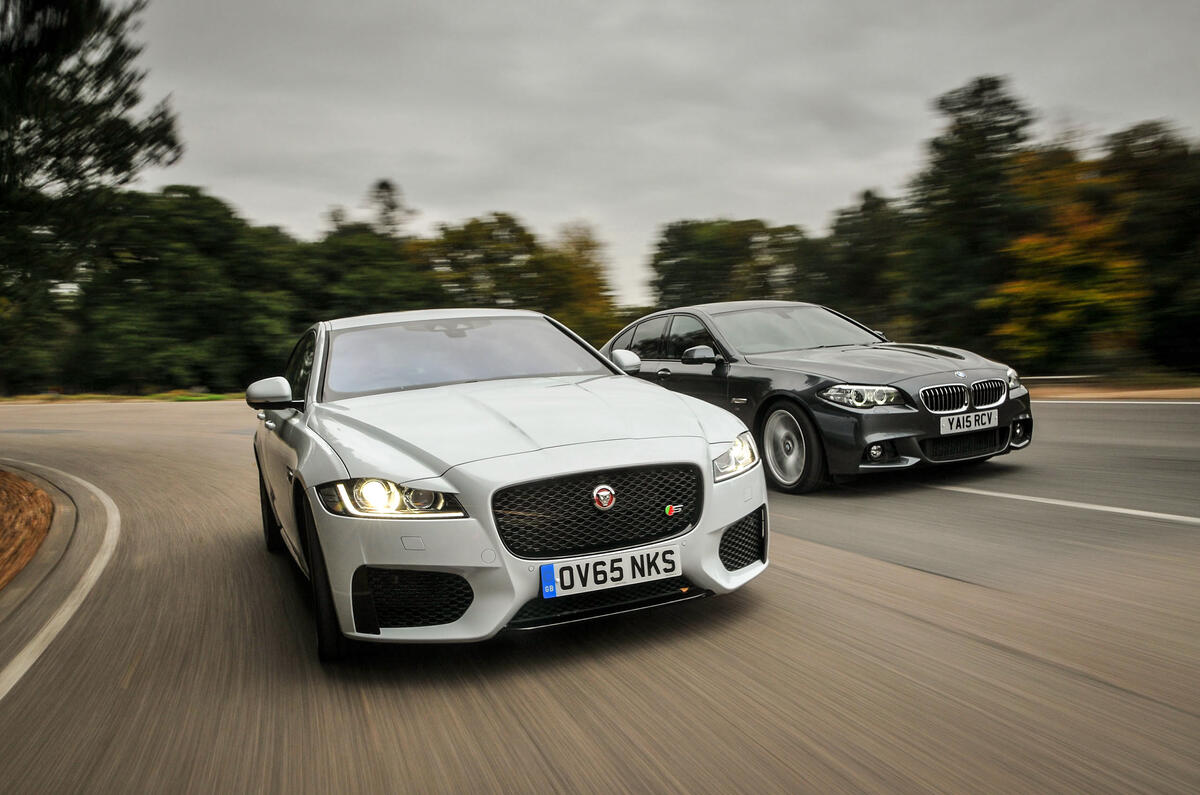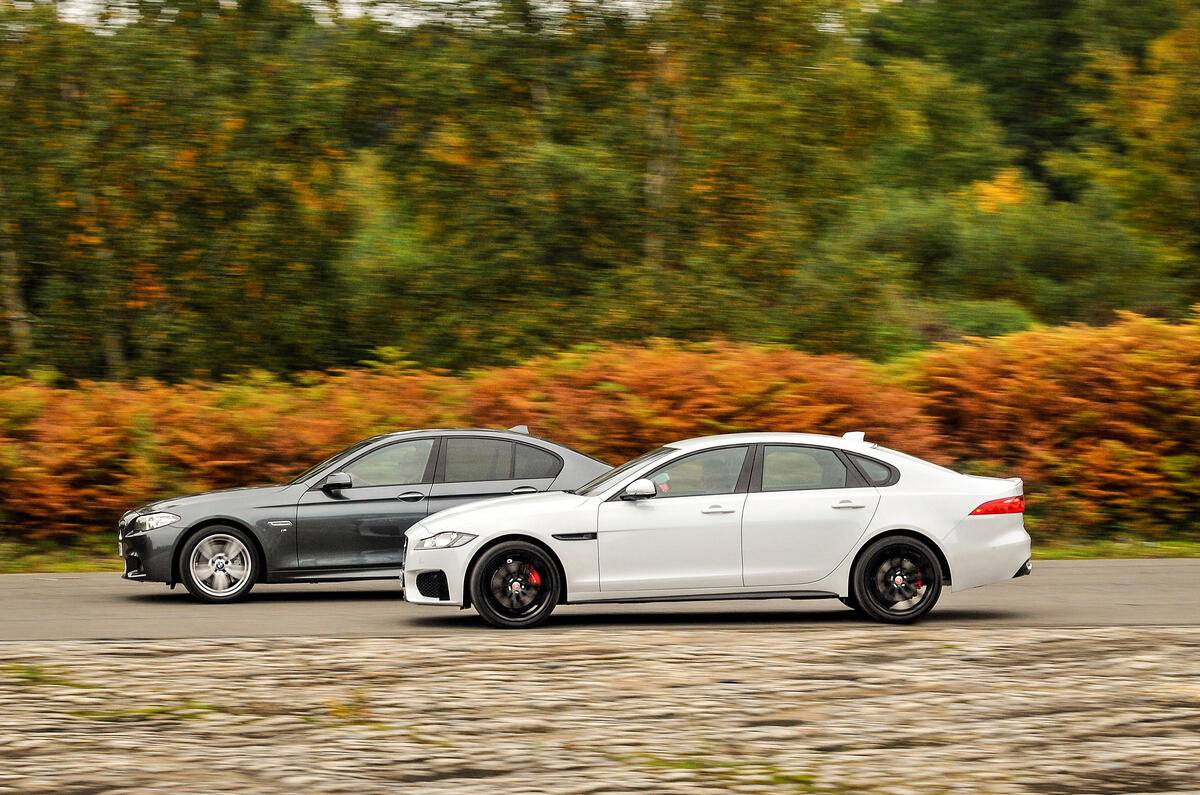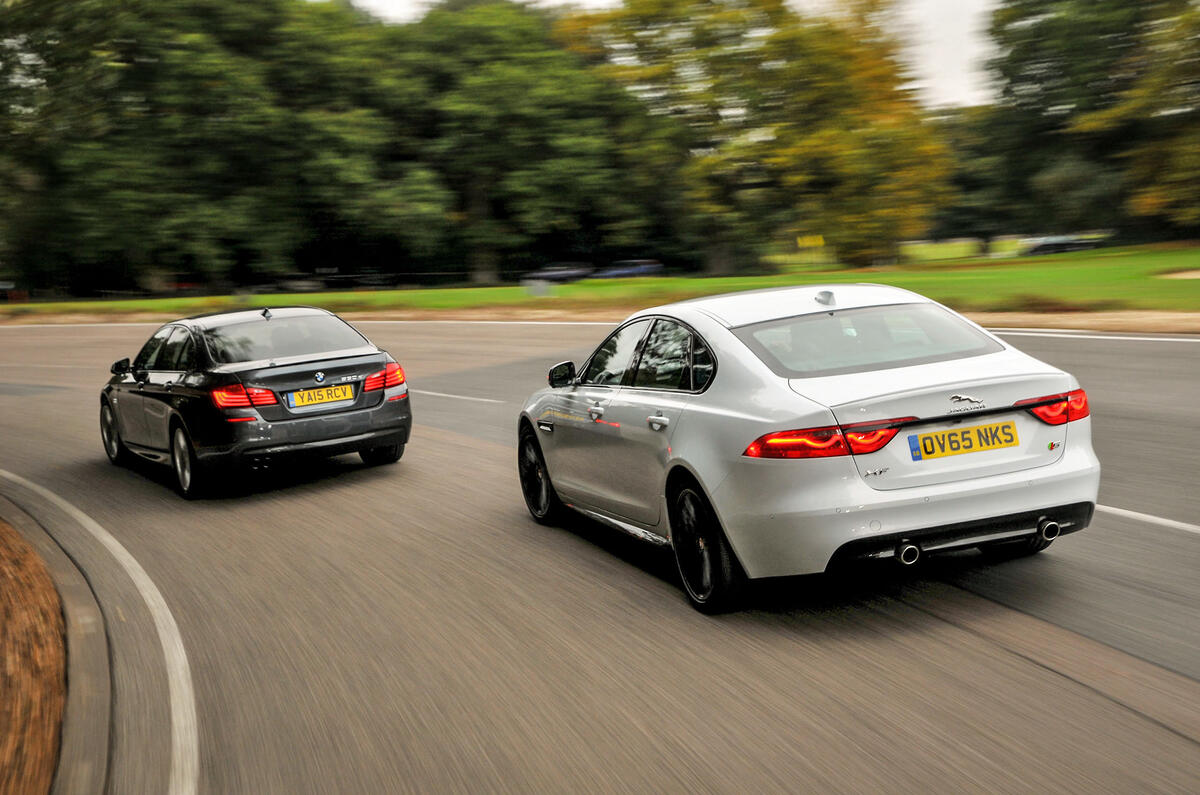Things seem to be going quite well for Jaguar all of a sudden, don’t they?
Well enough that we might even risk a hostage to fortune: a hope for the future. Here’s mine. That in five, 10 or even 25 years’ time – once the model catalogue is more fully fleshed out, the balance sheet is handsomely repaying Tata’s investment and this great British brand is finally selling enough cars that any talk of its dreaded ‘untapped potential’ becomes a thing of the past – someone in long trousers has the good sense to say: “Enough. That’ll do. We’ve made it, everyone. This is what success looks like for us.”
See what we make of this second generation Jaguar XF saloon
God knows how many cars the firm needs to shift annually to reach that point. I’d say a lot more than it does now but significantly fewer than any of the German manufacturers with which it’s routinely compared.
The key thing is that Jaguar isn’t a typical premium automotive brand. In my book, it’s something of a minority-interest car maker – and long may it continue to be. It serves the interests of keen drivers looking for handsome, desirable, real-world driver’s cars tuned a bit differently from the Bavarian bunch. It does not, and need not, serve those looking first and foremost for engineering monoliths, 150mph office cubicles, car park status symbols, lifestyle machines or any other concept currently used to part global middle classes from their hard-earned.
There, I can get off the soapbox. Now to this week’s good news: evidence that Jaguar understands all of the above, coming in the shape of the new Jaguar XF.
It’s a measure of the historic significance of 2015 for Jaguar that it can roll out a replacement for the car that effectively turned around its fortunes eight years ago and almost no one seems to notice. The reason is because the XF represents Jaguar doing something it has hardly needed to do at all over the past decade: consolidate.













































Join the debate
Add your comment
I think the BMW will still be
Rear end
Jaguar has a long way to go